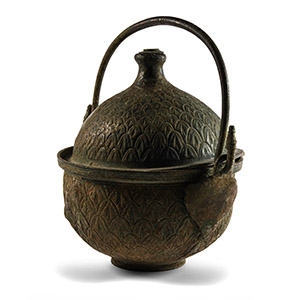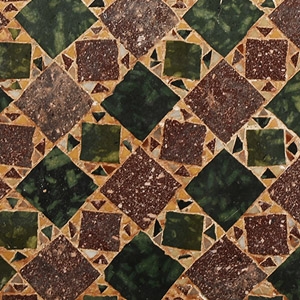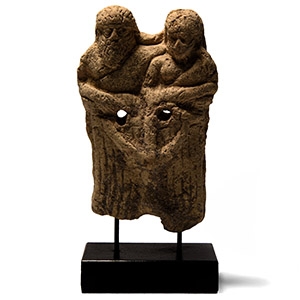Home > Auctions > 23 - 27 May 2023
Ancient Art, Antiquities, Natural History & Coins
Auction Highlights:
‘The Ancient Menagerie Collection’ formerly the property of a Cambridgeshire lady, collected since the 1990s and acquired from auctions and dealers throughout Europe and the USA, now ex London collection.
Cf. Foster, J., Bronze Boar Figurines In Iron Age And Roman Britain, British Archaeological Report 39, 1977, for discussion and broadly comparable examples.
‘The Ancient Menagerie Collection’ formerly the property of a Cambridgeshire lady, collected since the 1990s and acquired from auctions and dealers throughout Europe and the USA, now ex London collection.
This lot has been checked against the Interpol Database of stolen works of art and is accompanied by search certificate number no.203519.
Cf. figure of a dragon attacking a knight in the decorated initial of Flavius Josephus's Jewish Antiquities, reproduced in Zarnecki, G., Holt, J. & Holland, T., English Romanesque Art 1066-1200, London, 1984, p.52; figures on the base of the Gloucester candlestick, p.247, same volume.
Acquired 1980-2015.
Ex Abelita family collection.
Acquired on the German art market around 2000.
From the collection of Surrey, UK, gentleman.
See Pitarakis, B., Les Croix-Reliquaires Pectorales Byzantines En Bronze, Paris, 2006, nos.19, 20, 23, 27, for similar.
This enkolpion is a beautiful example of the type of pendant cross widespread in the 11th-12th centuries. Many variants of enkolpia reflected the new artistic fashions in vogue at Byzantium, influenced by the political and artistic vigour of the Macedonian dynasty. This enkolpion corresponds to type I of the Pitarakis classification.
Acquired 1970s-1980s.
From the property of a deceased lady collector.
This lot has been checked against the Interpol Database of stolen works of art and is accompanied by search certificate no.202957.
Cf. Chadour, A.B., Rings. The Alice and Louis Koch Collection, volume I, Leeds, 1994, item 486, for type.
Acquired 1990s-early 2000s.
East Anglian private collection.
Cf. The V&A Museum, accession number M.176-1937, for similar; cf. Adams, N. ed., Intelligible Beauty, London, 2010, p.18, for a similar example.
Ex UK art market.
Acquired London in 2009.
Ex central London gallery.
Accompanied by an academic report by Prof. Neritan Ceka.
This lot has been checked against the Interpol Database of stolen works of art and is accompanied by search certificate no.202057.
See Mango, C., Antique Statuary and the Byzantine Beholder, Dumbarton Oaks Papers, 17, 1963, pp.53-75; Beckwith, J., Early Christian and Byzantine Art, London, 1979.
The treatment of the hair on portraits with the hair combed straight and raised on the forehead, covering the ears, refers to the portraits of sculptures, mosaics, coins, or ivory plaques of Justinian period (527-568 A.D.) and namely to the portrait of Byzantine Empress Theodora (500-548 A.D.) in the Musei del Castello Sforzesco, Milan, Italy. The decorative sculpture of that period was relatively limited in the presentation of human portraits and our object takes on a special meaning in the framework of the anthropomorphic art of the early Byzantine period.
Acquired 1969-1999.
From the private collection of the late Mr S.M., London, UK, thence by descent.
French gallery, Paris, 1990s.
From a family collection.
Accompanied by an academic report by Dr Raffaele D'Amato.
This lot has been checked against the Interpol Database of stolen works of art and is accompanied by search certificate number no.203555.
See Boito, C., Architettura Cosmatesca, Torino, 1860; Hutton, E., The Cosmati, The Roman Marble Workers of the XIIth and XIIIth Centuries, London, 1950; Tosca, P., Storia dell’Arte Italiana, il medioevo, vol. III, Torino, 1965; Matthiae, G., 'Componenti del gusto decorativo cosmatesco,' in Rivista dell'Istituto Nazionale di Archeologia e Storia dell'Arte, vol. I, 1952, pp.249-281; Cigola, M., 'Mosaici pavimentali cosmateschi. Segni, disegni e simboli,' in Palladio, Nuova serie, anno VI n. 11, giugno 1993, pp.101-110; Grant, L. & Mortimer, R. (eds.) Westminster Abbey. The Cosmati Pavements Courtauld Research Papers no.3, 2002.
The Cosmatesque style was a characteristic type of ornamentation of Eastern Roman origin (opus alexandrinum) used by post-Roman marble makers of the 12th and 13th centuries A.D. It embellishes the floors, ciboria and cloisters of churches by means of polychrome marble inlays of varied and imaginative geometric shapes. The wider use of this decoration began in the 12th century, at which time techniques were improved: the Cosmati floors were made with pieces of stone cut in various shapes and sizes, a property quite different from the mosaics in opus tessellatum, in which the motifs were made from small units all having the same size and shape, or from the opus sectile, intended to create representations with pieces of multi-coloured marble cut out and arranged for this purpose. The stones used by Cosmati artists were often material salvaged from the ruins of ancient Roman buildings. The composition of such mosaics recalls the floors of the most important churches of Rome; in addition to the floor of the Sistine Chapel (created probably in the 14th century for the previous building or Cappella Maggiore), one can cite that of Santa Maria Maggiore (1145-1153 A.D.), San Giovanni in Laterano (14th century A.D.), Saint Clement (1099-1120 A.D.), Santi Quattro Coronati (13th century A.D.), Santa Croce in Gerusalemme (12th century A.D.) and many others. The same technique (but differing in its design, materials and motifs) was used to create the Cosmati pavement in Westminster Abbey, where the king rests during the coronation ceremony. The pavement has undergone a major cleaning and conservation programme and was re-dedicated by the Dean at a service on 21st May 2010.
Acquired 1969-1999.
From the private collection of the late Mr S.M., London, UK, thence by descent.
with a London, UK gallery 1971-early 2000s.
Ex private collection, 1960s-1970s.
Accompanied by an academic report by Dr Raffaele D’Amato.
Accompanied by a copy of metallurgic analytical results, written by metallurgist Dr Peter Northover (ex Department of Materials, Materials Science-Based Archaeology Group & Department of Materials, University of Oxford).
This lot has been checked against the Interpol Database of stolen works of art and is accompanied by search certificate number no.11743-202215.
See a similar figure of a silver mountain goat, in the Boston Museum of Fine Arts, inventory no. 59.14; Metropolitan Museum of Art, New York, accession number 47.100.89, for a silver pendant of the Proto-Elamite Period (also roughly circa 3100-2900 BCE).
Like the silver-gilt mountain goat in the Boston Museum, it is possible that this figure originally had applied gilded elements.
85 - 96 of 2508 LOTS

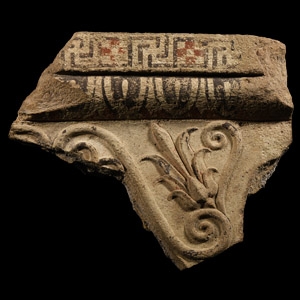
.jpg)


.jpg)
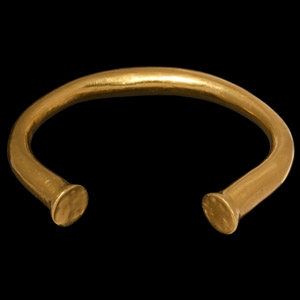
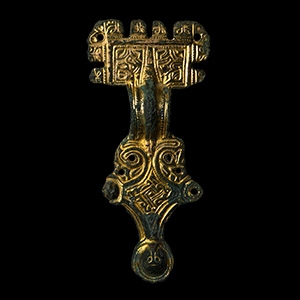

.jpg)
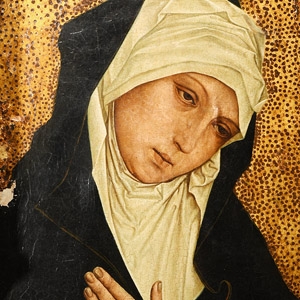

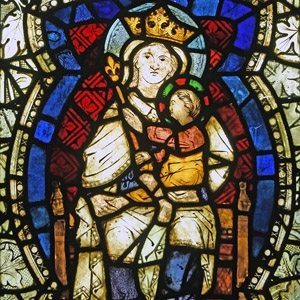
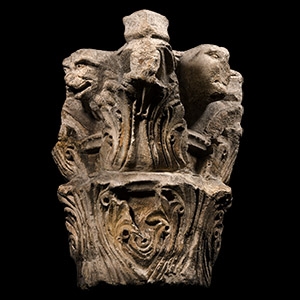
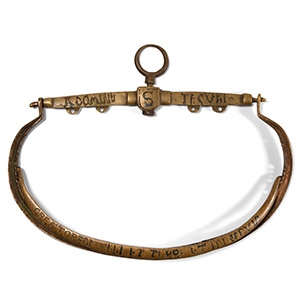
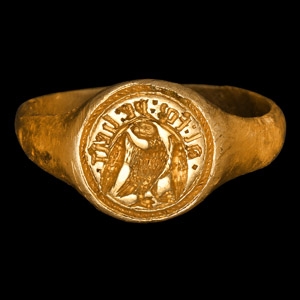
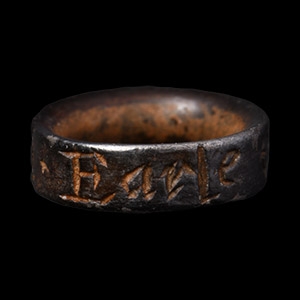
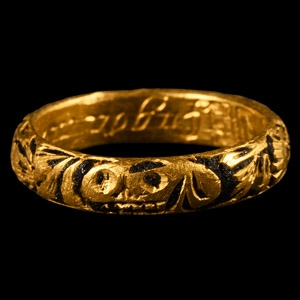
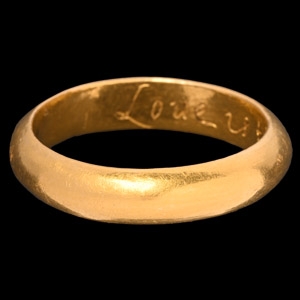
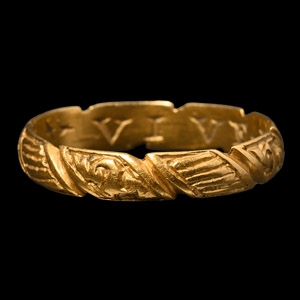
![English Milled Coins - George VI - 1937 - Cased RM Proof Coronation Gold Set [4] English Milled Coins - George VI - 1937 - Cased RM Proof Coronation Gold Set [4]](https://timelineauctions.com/upload/images/items/small/203351-s(2).jpg)

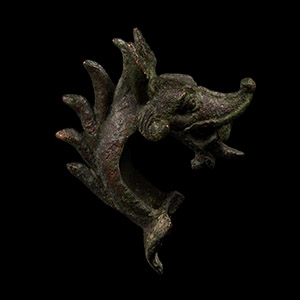
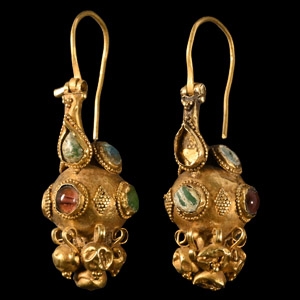
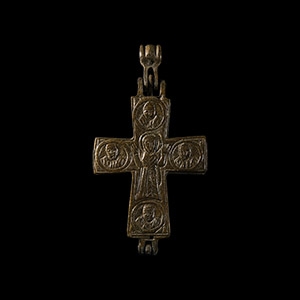


.jpg)
